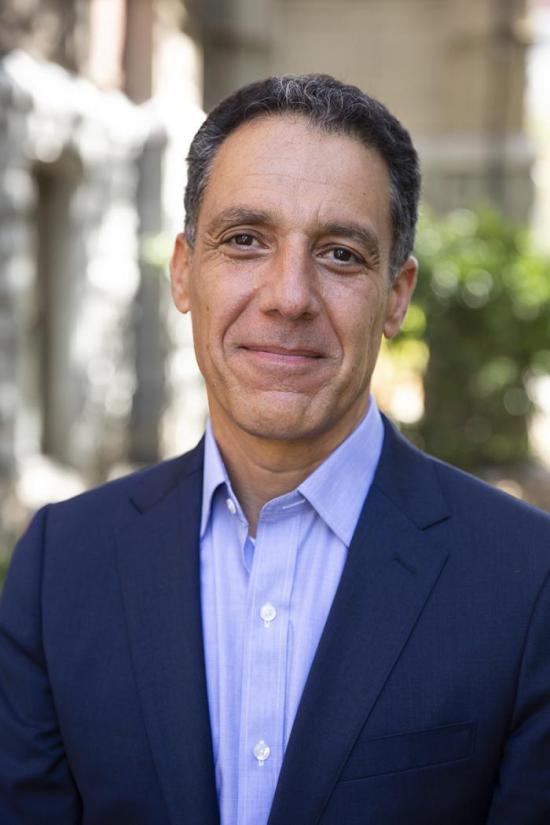From The Conversation
By Eric Smalley
The light and dark sides of AI have been in the public spotlight for many years. Think facial recognition, algorithms making loan and sentencing recommendations, and medical image analysis. But the impressive – and sometimes scary – capabilities of ChatGPT, DALL-E 2 and other conversational and image-conjuring artificial intelligence programs feel like a turning point.
The key change has been the emergence within the last year of powerful generative AI, software that not only learns from vast amounts of data but also produces things – convincingly written documents, engaging conversation, photorealistic images and clones of celebrity voices...
Hany Farid, a University of California, Berkeley computer scientist who specializes in image forensics, explained the process. The software is trained on a massive set of images, each of which includes a short text description.
“The model progressively corrupts each image until only visual noise remains, and then trains a neural network to reverse this corruption. Repeating this process hundreds of millions of times, the model learns how to convert pure noise into a coherent image from any caption,” he wrote...
Hany Farid is a professor at the UC Berkeley School of Information and EECS.










